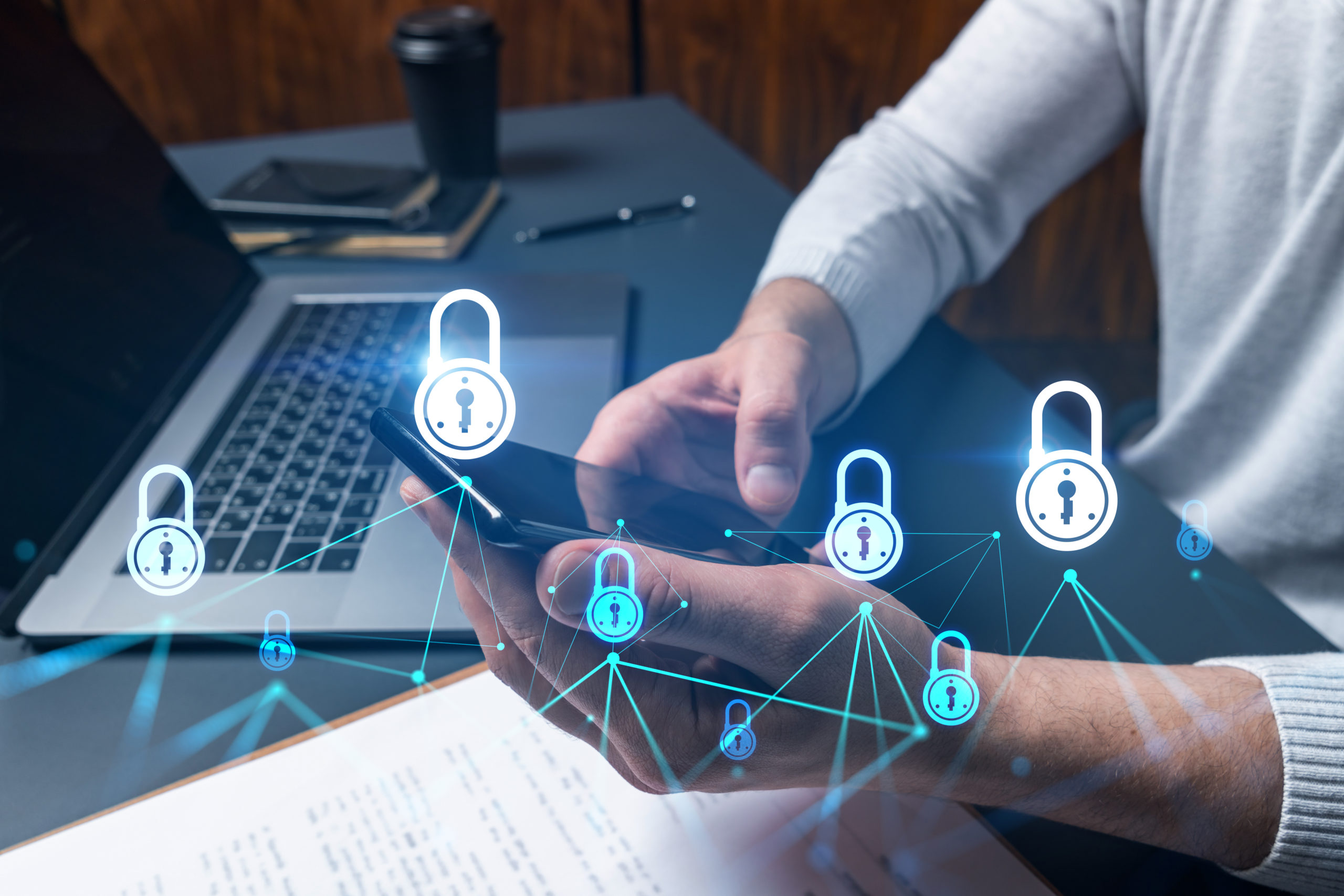Combating Counterfeits: The Blockchain Solution for Authentic Product Verification
In an age where the marketplace is flooded with goods from across the globe, the surge of counterfeit products has become an alarming issue. Counterfeit goods not only dent the revenues of original manufacturers but also undermine consumer trust and can potentially be hazardous. Thankfully, blockchain technology emerges as a formidable force to combat this growing menace. In this post, we will explore how blockchain can act as a catalyst in ensuring product authenticity and protecting both manufacturers and consumers from the repercussions of counterfeits.
The Counterfeit Conundrum: A Glance at the Current Scenario
The counterfeit market, a multibillion-dollar industry, has permeated almost every sector, from fashion and pharmaceuticals to electronics and luxury goods. This phenomenon results in economic losses, endangers consumer safety, and tarnishes brand reputations. Traditional methods of product verification, often manual and paper-based, have proven to be inadequate in the face of sophisticated counterfeiting techniques.
The Blockchain Solution: A Paradigm Shift in Product Verification
Blockchain technology, renowned for its immutable, transparent, and secure attributes, presents a revolutionary approach to authentic product verification. Here’s how:
1. Immutable Record Keeping
Blockchain facilitates the creation of an immutable ledger where information once recorded cannot be altered or deleted. This feature can be instrumental in recording product details accurately, making it virtually impossible for counterfeiters to manipulate information.
2. Supply Chain Transparency
Blockchain allows for complete transparency throughout the supply chain. By recording every transaction that takes place as a product moves from manufacturer to retailer, it creates a transparent and tamper-proof history of the product’s journey. This not only ensures product authenticity but also enables consumers to verify the origin and journey of the products they purchase.
3. Smart Contracts and Automated Verification
Through the implementation of smart contracts, blockchain can automate the verification process, making it swift and efficient. Smart contracts can automatically verify the authenticity of products at various checkpoints in the supply chain, reducing the chances of counterfeit products infiltrating the market.
4. Empowering Consumers
Blockchain empowers consumers by giving them access to verifiable information about the products they intend to purchase. Through scanning a QR code or a similar mechanism, consumers can easily access the entire history of a product, fostering informed purchasing decisions and enhancing trust in brands.
Case Studies: Blockchain in Action
Various industries have already begun to integrate blockchain technology for product verification. For instance, in the pharmaceutical sector, blockchain is being used to track and verify the authenticity of drugs, helping to curb the menace of counterfeit medicines. Similarly, luxury brands are leveraging blockchain to provide consumers with verified information about the authenticity and origin of their products.
Challenges and Future Prospects
While blockchain presents a promising solution to the counterfeit issue, challenges pertaining to scalability, interoperability, and regulatory frameworks remain. Moreover, widespread adoption requires collaboration and consensus among various stakeholders in the supply chain.
Conclusion
As we navigate through the complexities of the global marketplace, blockchain technology stands as a beacon of hope in combating the proliferating counterfeit industry. By fostering transparency, security, and efficiency, blockchain can significantly enhance product verification processes, safeguarding consumers and protecting brand reputations.
As we envision a future free from the clutches of counterfeit products, embracing the blockchain solution can be a pivotal step towards fostering a marketplace characterized by trust, authenticity, and consumer empowerment. Through collaborative efforts and technological innovation, we can pave the way towards a safer, more reliable, and trustworthy global marketplace.



